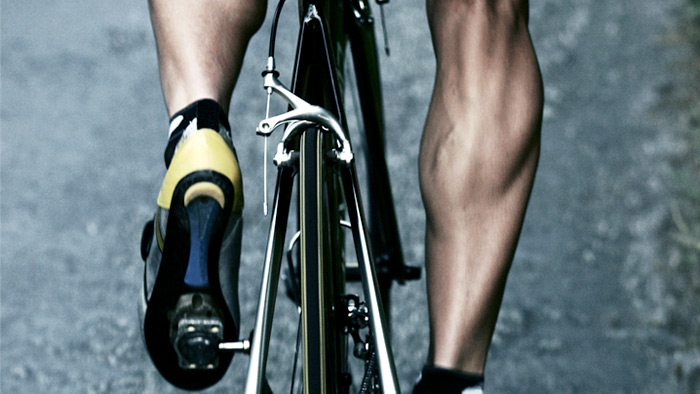WHEN CYCLING, WHAT MUSCLES ARE USED?
We all know that cycling is great for your health—both physically and mentally. However, if you were asked about what exactly it does for your body—what muscles it takes and what you’re working on when you’re doing it, would you be able to fully answer? Would you be able to label all the muscles used when pushing and pulling on the pedals, holding the handlebars, and staying in a leaning, straight position?
No matter if you’re a brand-new beginner to the cycling world or if you and your bike go back a long way, it’s important to know exactly what you’re doing for—and to—your body. This can help you not only work out effectively but also not be surprised if you’re feeling soreness the next day after a ride.
In this article, we’re going to explain the different key muscle groups that are being used when you’re biking. We’re also going to talk about how they’re used so you know exactly what your body is going through when you’re cycling.
What are the Key Muscle Groups used?
It’s no surprise that cycling is often done when an athlete has an injury for means of recuperating and getting back into shape—cycling really works for aerobic activity. It also gives you a low-to-no impact on your joints and bones, which can help you avoid extra pain while recovering from an injury.
However, when you’re cycling, it’s important that you know which exact muscle groups you’re using.
Here are the different key muscle groups and the most important ones—found generally in the lower body—that you use when you cycle:
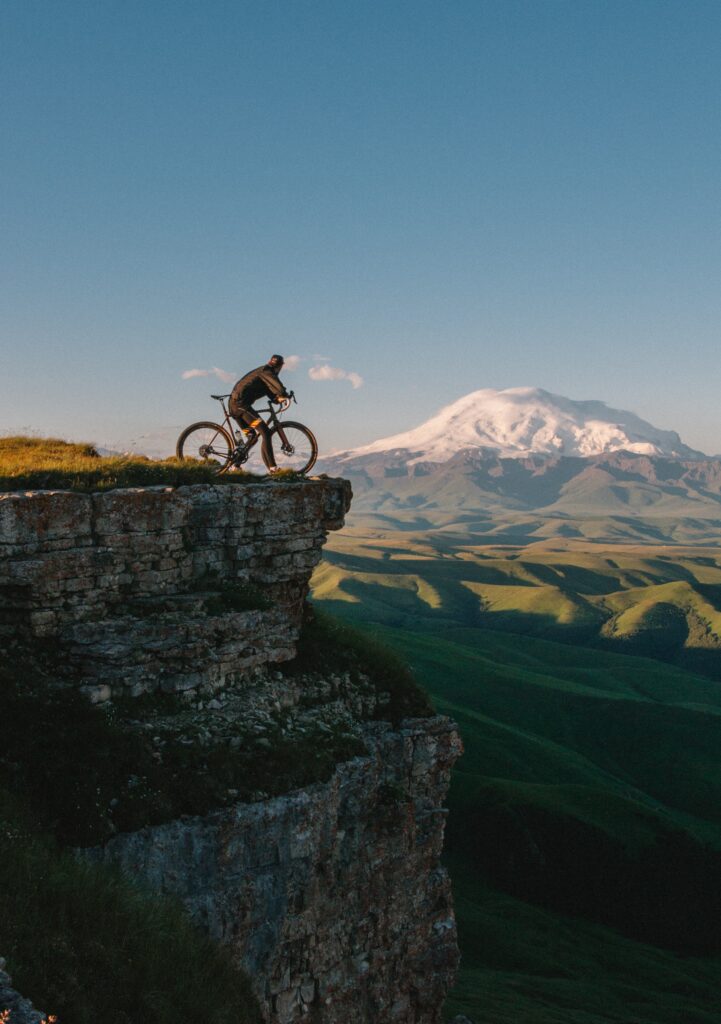
- Gluteus Maximus—butt muscles
- Semimembranosus—the medial hamstring muscle
- Biceps Femoris—the most posterior hamstring muscle
- Vastus Medialis—middle muscle in the quadriceps
- Rectus Femoris—hip-connected quadricep muscle
- Vastus Lateralis—largest quadricep muscle
- Gastrocnemius Medialis—the middle head of the calf muscle
- Gastrocnemius Lateralis—the lateral head of the calf muscle
- Soleus—the plantar flexor muscle of the ankles and calves
- Tibialis Interior—the front shin muscle
When you’re cycling, you’re going to be sourcing the majority of your force and strength from the hips and from the legs. If you’re a fast cyclist, you can even reach speeds up to 80 or 100 per minute!
And when it comes to promoting speed and power in your bike ride, the most important push is when each of your feet is between the 12 o’clock and 5 o’clock position of the pedal stroke.
From the top of the circle to almost the bottommost point, the force of your muscles is activated to continue and push through the revolution.
Although your legs then have some knee flexion to push from the bottom of the circle back up to the top, the majority of the force and movement will be in the push-down motion.
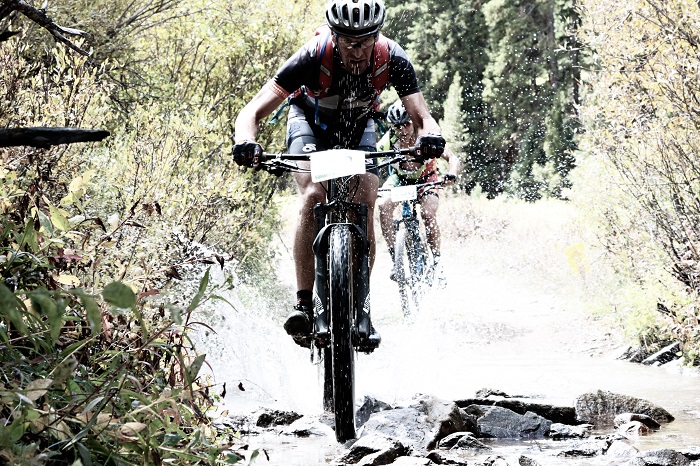
The Quads: (Vastus Medialis, Rectus Femoris, and Vastus Lateralis)
As the powerhouse of your upper thighs, these are what work the most when you’re biking. As the primary form of power when pushing down, these muscles are targeted and fire up
when you’re at the top of the pedal stroke and don’t keep pushing until you’re at the bottom.
The Glutes: (Gluteus Maximus, Medius, and Minimus)
As an extension of the hamstring muscles, the glutes provide your leg with a huge source of power since it’s such a big muscle. Especially since you’re mainly sourcing your power from the lower body, the glutes can help stabilize the entire leg and hips.
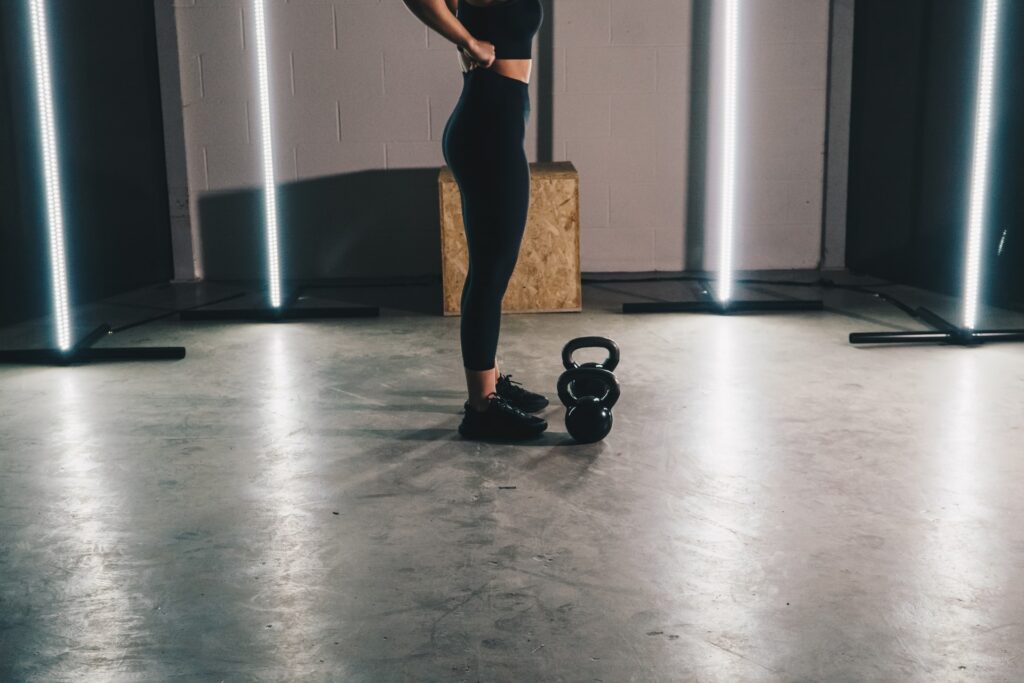
It also regulates the thigh’s rotation so you’re staying steady through the entire movement.
If you’re struggling with any issues in the knee, this could be due to a lack of glute activation.
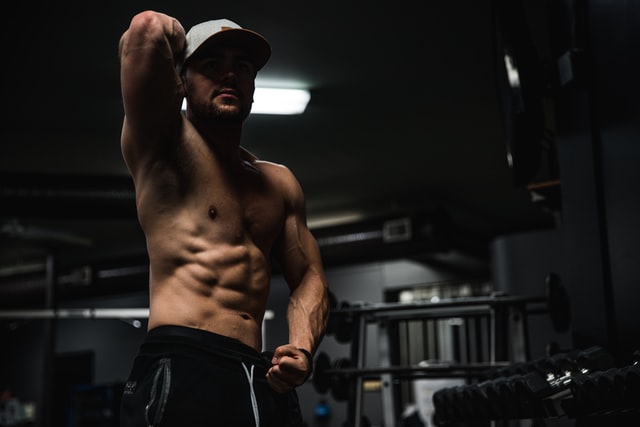
The Hamstrings (Semimembranosus and Biceps Femoris)
Curling the pedal back up to the top, the hamstrings also play a role when you’re biking. However, contrary to what the quads are doing from the 12 o’clock position to the six o’clock, the hamstrings only take over for “three hours”, from the six o’clock to nine o’clock position.
The hamstrings also play a role when it comes to stabilizing the knees when your legs are fully extended, which can help prevent injury and help the stroke of your legs go more smoothly.
When are the back of your leg muscles engaged?
When you’re pulling the pedal back up to the top, you’re engaging your hamstrings, calves, and even your ankle muscles.
Although we’ve mainly spoken about the lower body muscles, you also need to engage some of your upper body muscles during a ride. If you don’t believe us, come back to this theory again after you’ve had a very long ride! You’ll feel those muscles in the morning.
Working with all kinds of skeletal muscles, the production of the power that pushes and pulls the pedals through a revolution is a complex action that engages several muscle groups and minor muscles.
We’ve already talked about the quads, hamstrings, glutes, but we haven’t yet talked about the abdominals (your core), erector spine (muscles deeply located in the back), triceps (back of upper arms), latissimus dorsi (the largest muscle in the upper body), and pectorals (chest muscles).
The Abdominals: Core Muscles
With almost every type of workout or exercise, your core muscles are engaged and targeted, since they are literally the core of the body. These muscles are extremely important in the movement throughout your entire body for providing you stability.
This is also where most of your power stems from! When you’re looking specifically at bike riding, your core can help you steady your upper body when you’re pedaling and find your balance—which is essential for cycling because you definitely don’t want to fall over!
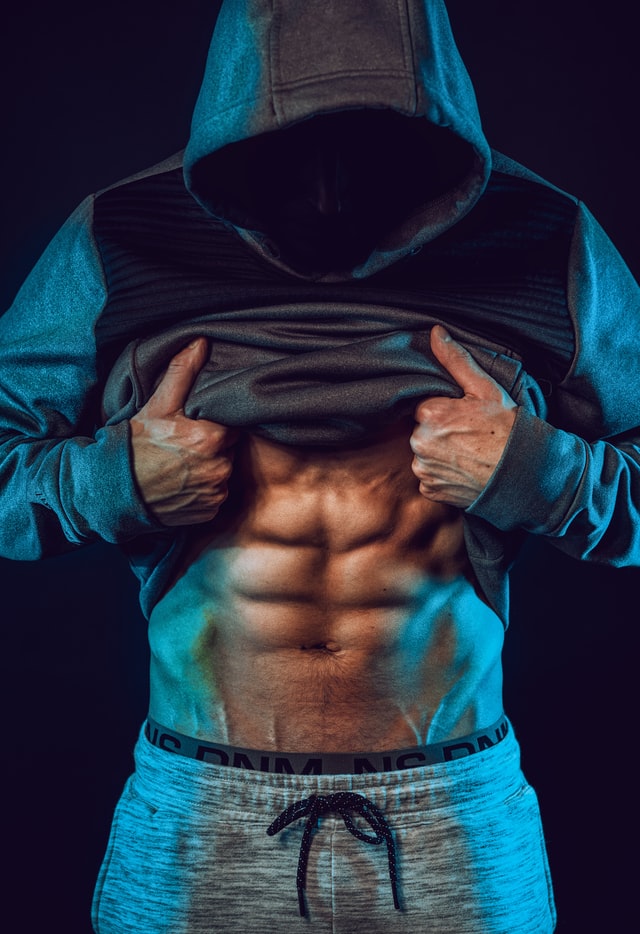
It’s also a pretty big source of power for your pedal and stroke. Having adequate core strength can also help keep lower back pain at bay—which is quite common with cyclists—from both amateurs to professionals.
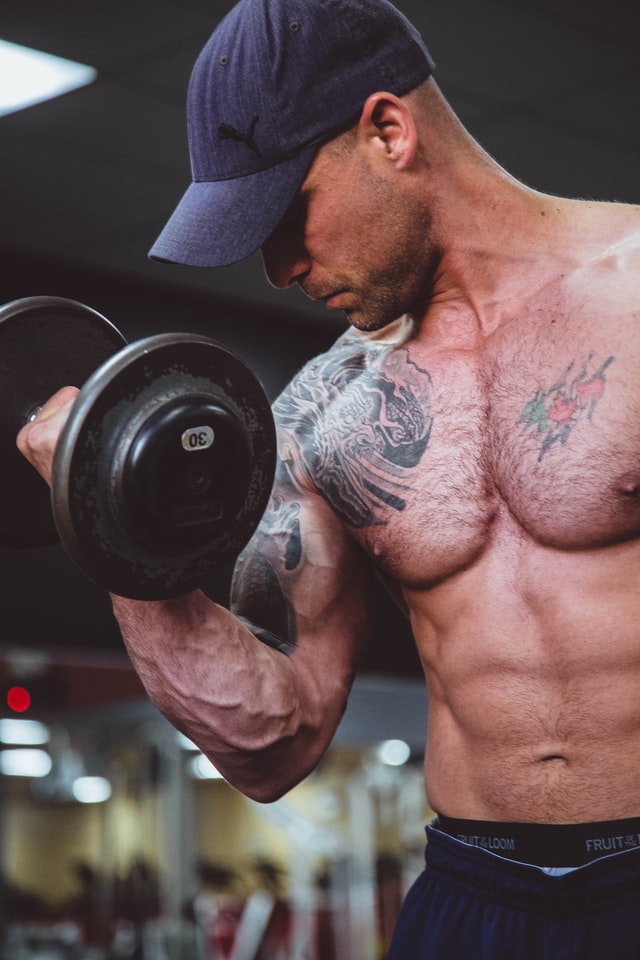
The Upper Body Muscles: Erector spinae, triceps, latissimus dorsi,
and pectorals
Although most of the movement on a bike is done with your lower body, your upper body is also utilized to various degrees while you’re cycling.
Depending on what kind of cycling you’re doing, how long you’re doing it form, and your form, all of these factors can make a difference when it comes to engaging these upper body muscles.
The erector spinae is used while riding by bearing the load of your upper body weight while holding the handlebars.
If you have proper form, your body will be leaning forward for the majority of the ride. To be able to hold this forward-leaning posture, the back muscles—especially the erector spinae will become engaged—and eventually, fatigued.
When your back is arched forward during a ride, you’ll most likely need to work on both this muscle and the core to help keep you in good form.
The latissimus dorsi is most engaged when sprinting with your bike because you use this muscle to pull the handlebars and keep control of the direction of your bike. As the largest muscle in the upper body, the lats also help you control your breathing, expanding and contracting. Overall, your back muscles—in principal, your lats are going to be used to support your spine, increase your stability, and improve your comfort while riding, especially for long distances.
The triceps, the pectorals, and the shoulder muscles are all used when cycling in order to bear the weight of your upper body and keep your body in perfect form while cycling. If you’re not used to using these muscles, you might be surprised the next day when you feel them and are sore!
Especially if you’re planning on a trail ride, with an uneven surface, prepare to use your upper body—a lot! The arms, in this case, will then be called upon to keep the body steady. So, the rougher the ride, the more your upper body muscles are engaged.
Another way you use these muscles? The arm muscles are also called upon to help act as a shock absorber, particularly when you’re on a bumpy road. If you have weak triceps and shoulders, this can be problematic for your head and neck, as they will then become the shock absorbers, leaving your neck very sore after the ride!
We hope this article has helped introduce you to a guide on how all these muscles are used when cycling! Although you may think that your lower body is used most of the time, you’ll be surprised to learn that a variety of different muscles are used throughout the body at any given time while cycling.
Although it isn’t the best full-body workout, it is a low-impact form of exercise that can minimize trauma injuries and joint issues and call upon all different muscles all throughout the body. If you’re looking for a workout program that uses most of the muscle in the human body, cycling is pretty up there!

